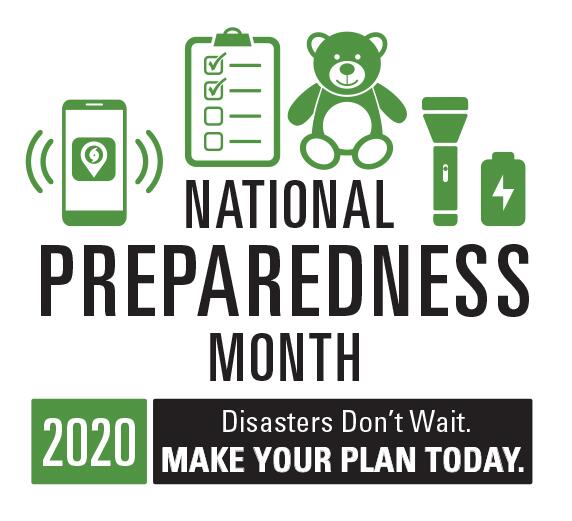September 17, 2020

The DHS Science and Technology (S&T) Directorate is convening a diverse group of public-private partners to present a series of virtual discussions aimed at “securing our future now.”
We are pleased to invite you to the kick-off event, “Clearing the Path: Responding to Disasters During a Crisis,” which will take place Thursday, September 24th, from 1:00 pm to 2:30 pm Eastern.
Space is limited – be sure to register early! For more details and registration, please click here. Add to Calendar
Objectives
- Understand how new public-private partnerships are accelerating new solutions and
business models to prepare for day-to-day emergencies and a national crisis. - Educate community leaders on how new science and technology applications are
enhancing resilience and protecting life-line systems and networks.
Questions and Call to Action
- With the increased frequency of new threats, what new tools and policies are available to
incentivize collaboration among government, industry, and foundations? - Communities are investing in automated and digital technologies; why is this important,
and how are predictive data sets changing the way we think about risk and preparedness?
Speakers
- David Maurstad, Deputy Associate Administrator, FEMA
- Duane Caneva, Chief Medical Officer, DHS Countering WMD Office
- Ted Smith, Ph.D., Wastewater Based Epidemiology, Professor of Environmental Medicine, University of Louisville
This event will be moderated by Dr. David Alexander, Director of Resilience Research and Partnerships, at the US Department of Homeland Security’s Science and Technology Directorate.
Register now for this no-cost event! https://www.eventbrite.com/e/securing-our-future-nownational-preparedness-monthregistration-119305268269
 As we continue to support response efforts for Hurricane Laura and kick-off National Preparedness Month, we are pleased to share that several important NAPSG Foundation efforts were recently featured by the U.S. Department of Homeland Security, Science and Technology Directorate (DHS S&T).
As we continue to support response efforts for Hurricane Laura and kick-off National Preparedness Month, we are pleased to share that several important NAPSG Foundation efforts were recently featured by the U.S. Department of Homeland Security, Science and Technology Directorate (DHS S&T).



